An ancestral production
Heirloom vegetables are the first vegetables to be grown by people in prehistoric times.
Long shelf-life
Heirloom vegetables belong mainly to the family of root vegetables, meaning we only eat the part that grows underground. They are very frost- and insect-resistant and can be kept for a long time after harvest.
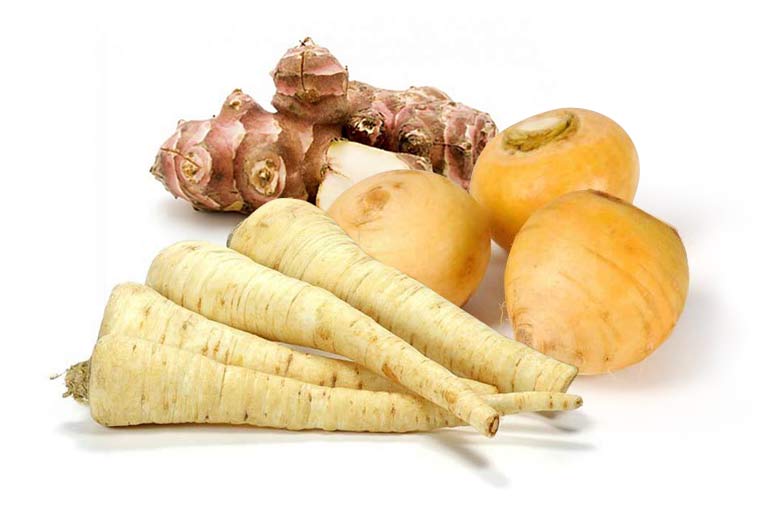
Forgotten vegetables…
A few years ago, the Jerusalem artichoke, black radish and golden turnip had disappeared from market stalls. Today, we are seeing a surge of interest from consumers who want to discover new flavours and diversify their diet.
This phenomenon is further highlighted by several famous chefs who have showcased the flavours of heirloom vegetables in their TV programs.
…voluntarily
Heirloom vegetables disappeared mainly for two reasons:
- They were ousted by the potato, introduced from South America at the end of the 18th century.
- Potato farming was easier and more productive, with good nutritional qualities.
During the two world wars, these vegetables became popular again as potatoes were reserved for the troops. Therefore in the collective subconscious of our grandparents, they had negative connotations as for a long time they were synonymous with war and famine.
Easily distinguished
Heirloom vegetables have unlikely shapes – lumpy, sometimes, twisted, often squat – and astonishing colours.
Packaging
- Cardboard of 5/10 kg
Swede
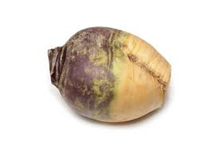
Swede is round in shape and purple, green and yellow.
Its flesh is pale yellow, hence its resemblance to the turnip and its nickname “cabbage turnip” in French.
Swede has a subtle and slightly sweet hazelnut flavour and cooks like potato (mash, chips, roasted, sautéed, etc.). It can also be eaten raw: peeled, thinly sliced and seasoned with a dressing.
Swede is eaten from September to April.
Very high in fibres and potassium, it is low in calories and is sought-after for its diuretic properties.
It also contains calcium, phosphorous, magnesium and vitamin C.
Store in a cool, dark place.
Parsnip
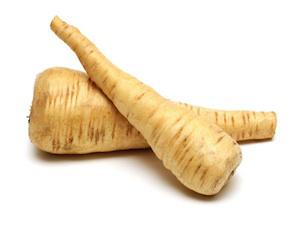
From the carrot family, this large, fleshy root is ivory white in colour and has a mild, sweet flavour.
Raw, it adds an original note to salads.
Steamed, sautéed or roasted, it cooks much faster than carrots.
Parsnips are eaten from September to April.
They are a real source of fibres, vitamins and antioxidants.
Store in a cool, dark place so the root does not wither.
Did you know?
In Breton, “pikoù panez” means freckles. Or in other words, “parsnip marks”.
The parsnip is actually covered with small coloured marks.
Golden Turnip
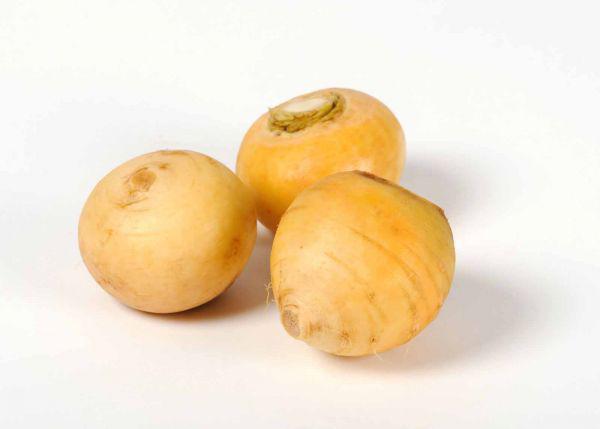
Golden turnip owes its name to its round shape and gold colour.
Milder and sweeter than the pink and white turnip, it can be eaten raw, grated with a dressing.
Cooked it is perfect in a light stew with red meat or chicken. It is also delicious in stews, purées, soups or baked in the oven with cream – on its own or with potato.
Golden turnip is eaten from September to April.
It is high in minerals, trace elements and antioxidants. Turnip tops are a great source of vitamin C.
Store in a cool, dark place.
Coloured carrots
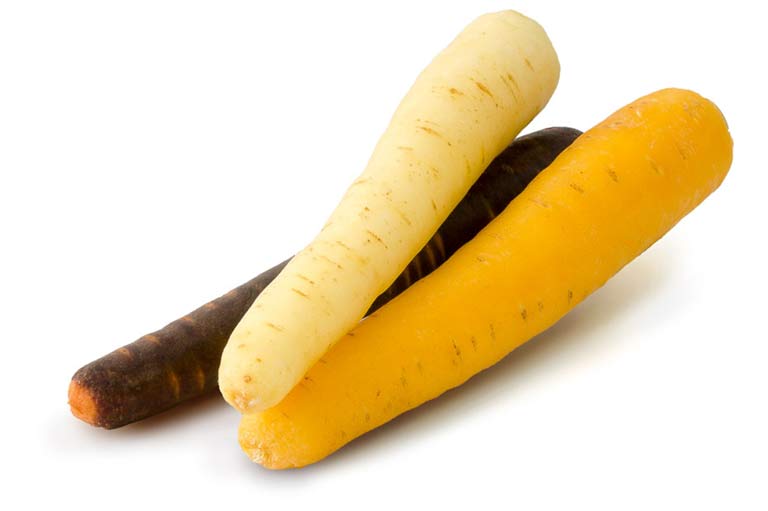
Before the 17th century, carrots were white or purple.
Orange carrots as we know them today were the result of human intervention. They have a higher beta-carotene content and therefore greater antioxidant properties.
Today very popular, the 3 heirloom varieties of carrots each have their own characteristics:
- Yellow carrots have yellow skin and flesh. They are best steamed, in soups or in a light stew.
- White carrots have white skin and flesh. They are best sautéed.
- Purple carrots have dark purple skin and orange-purple marbled flesh. They are best grated.
Coloured carrots are eaten from September to March.
They are rich in minerals: calcium, magnesium, potassium and iron. The darker the colour, the higher the concentration of beta-carotene and the higher the vitamin content.
Store in a cool, dark place so the root does not wither.
Coloured radishes
There are several varieties of coloured radish.
They are eaten between September and December, except for the black radish.
They are high in fibres, vitamin C, calcium and potassium.
Store in a dry, well-ventilated place.
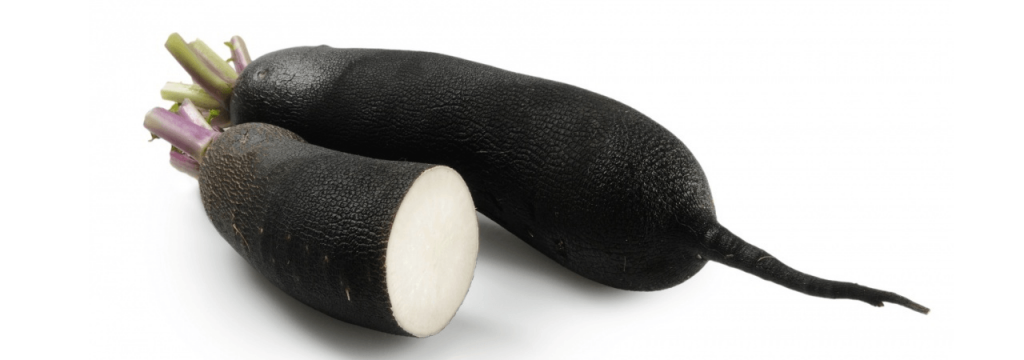
The black radish has a rough, black skin and white flesh that is bitter and spicy.
It is eaten from September to April.
Raw, it is excellent grated in salads or sliced into disks.
It can be cooked the same way as a turnip: as a mash or creamy purée.
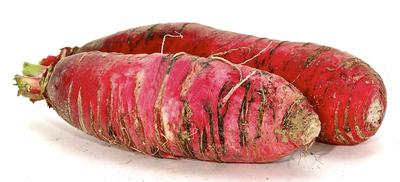
The Chinese pink radish is bright pink in colour.
Its white and crisp flesh has the same spicy flavour as the regular radish.
This variety can be eaten raw, chopped and cooked, roasted or in a soup.
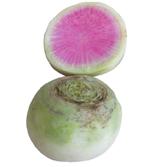
Round in shape, green / red / blue meat radishes are more juicy than other coloured radishes.
Raw, they can be grated, chopped or sliced.
They can be cooked as a bake, sautéed and fried.
The skin of the green meat radish is green on the top and white on the bottom. The flesh is green.
The skin of the red meat radish is greenish and the flesh purple-pink.
The blue meat radish has mauve skin and blue flesh.
Coloured beetroot
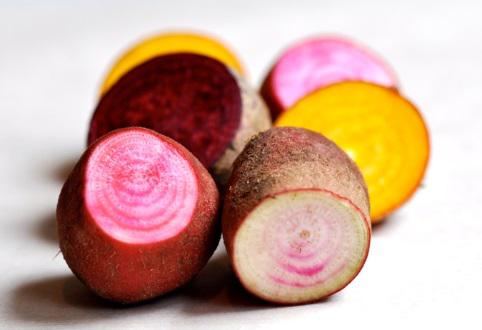
Coloured beetroot is eaten from September to March.
Beetroot is rich in antioxidants, vitamins and minerals.
Store in a cool, dark place.
Chioggia beetroot takes its name from a small coastal village near Venice, Italy. Round in shape, when sliced, it reveals pretty rings in white and bright pink. Eaten raw, it is excellent grated with a dressing. When cooked, it has a delicately sweet flavour and the flesh becomes pale pink.
Golden beetroot has a red-orange skin with yellow-gold flesh. The flavour is milder than other coloured beetroot. After steaming, it is eaten in salads or on its own with a dressing.
White beetroot has white skin tinged with green. It has white flesh too and is eaten cooked with fish or poultry. It is the sweetest variety of coloured beetroot.
Jerusalem artichoke
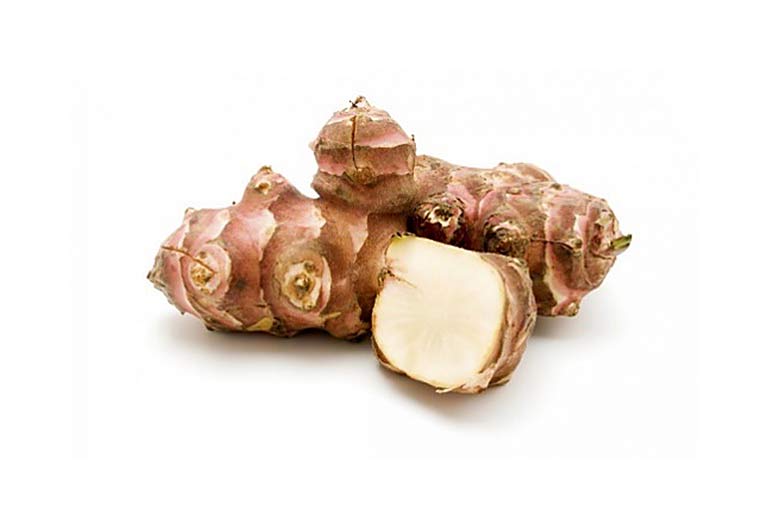
Jerusalem artichokes come in very irregular shapes.
The skin is pink-brown to pale yellow. The flesh is beige.
With its subtly sweet flavour and taste similar to artichoke, the tubers can be eaten grated or sliced thinly and eaten raw.
Cooked Jerusalem artichokes can be mashed, roasted and sautéed.
Jerusalem artichokes are eaten from November to March.
They are low in calories, high in fibres and contain many vitamins and minerals.
Store in a cool, dry and dark place.
Root parsley
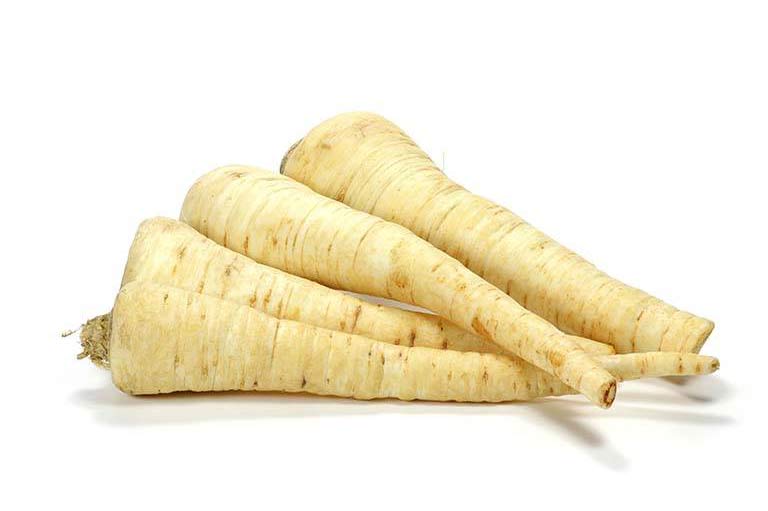
Not as well-known as regular parsley, it is also called “turnip-root parsley”.
With its white skin, it looks very much like a parsnip but its smell is less sweet. It has a very mild flavour and slight hazelnut taste.
Raw, it is eaten in salads or with dips, like carrots.
It can be mashed, sautéed, added to a light stew, sautéed in a wok, served as chips or in a soup.
Root parsley is eaten from November to March.
It is high in fibres, potassium and vitamins B and C.
Store in a cool, dark place.








